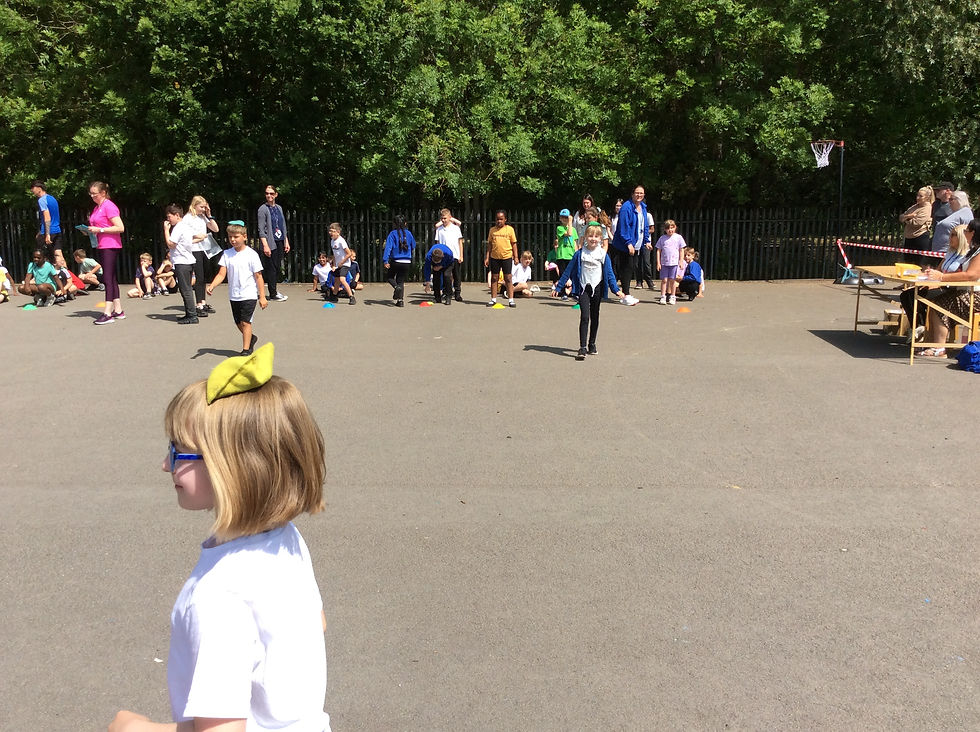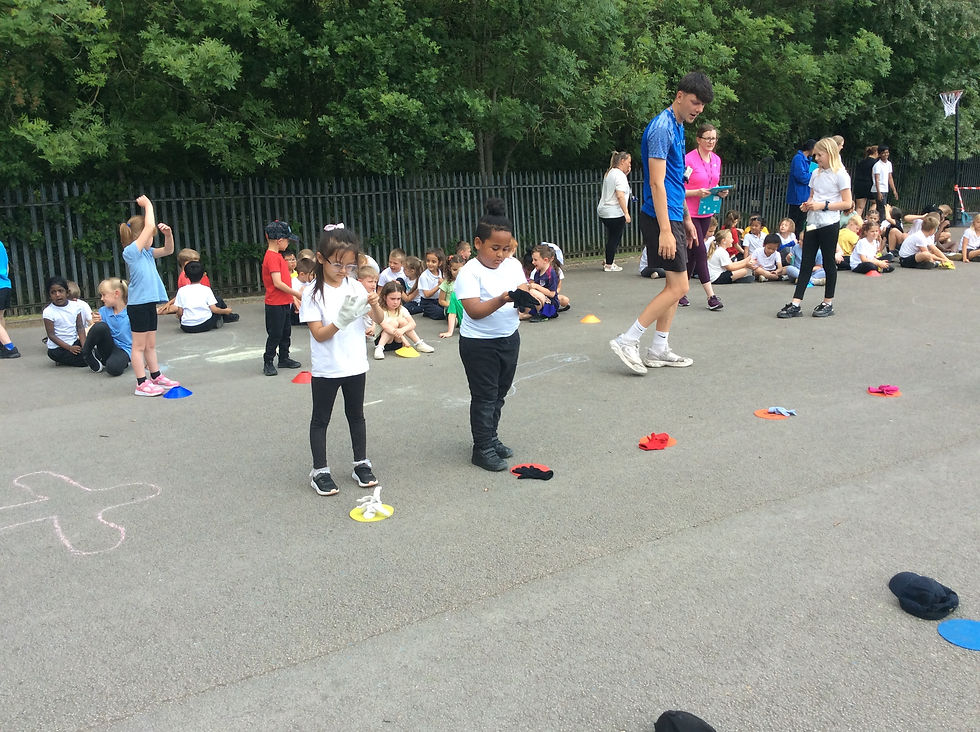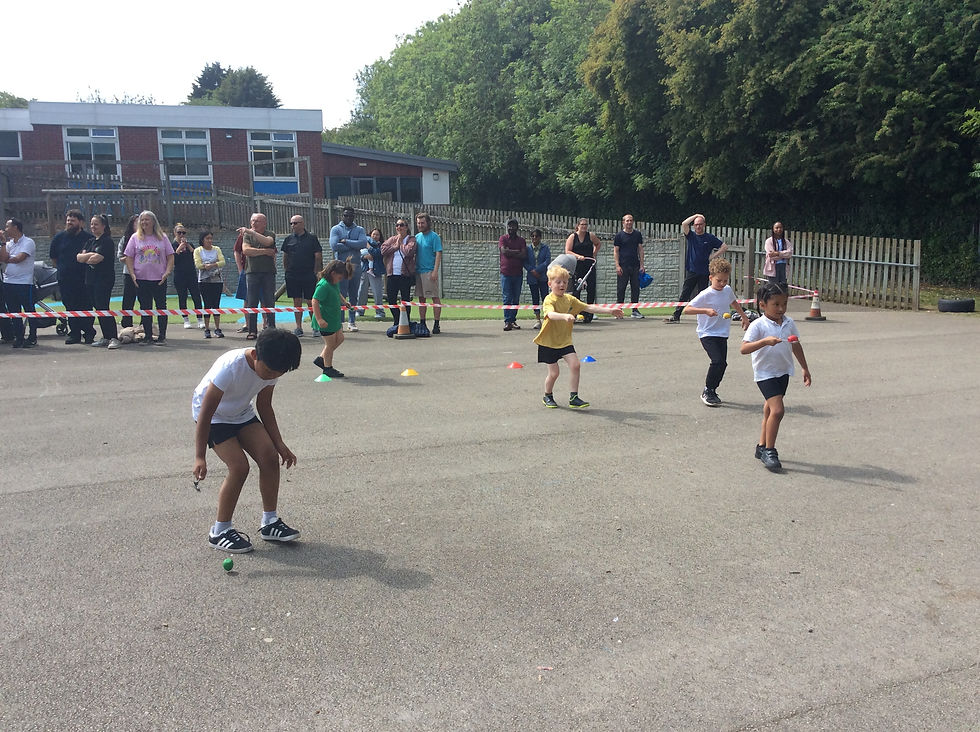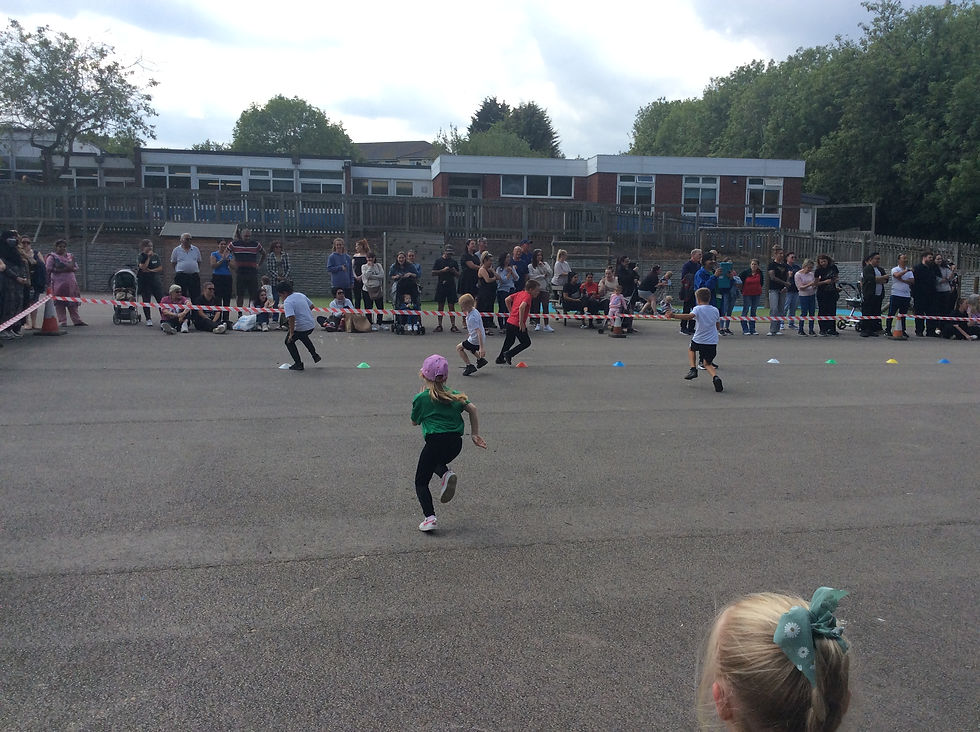Physical Education
'Learning for life, building a firm foundation.'

Why we teach your child Physical Education:
At All Saints our vision for Physical Education is that we provide every child with high quality Physical Education experiences which engage and inspire them. We believe that Physical Education should promote development of key skills and participation in a variety of games, activities and sports. At our school, Physical Education is used to give children an opportunity to work as a team, develop leadership skills and tactical awareness, as well as fostering an enthusiasm for sport. We provide a safe and supportive environment for children to flourish in a range of different physical activities and encourage their physical, emotional, social and moral development. Children will also be given opportunities compete individually and as part of a team, allowing the opportunity to develop communication and leadership skills further. No child is left behind at All Saints and all children are involved, giving them the opportunity to develop their skills and showcase their talents.
We aim for every child to leave All Saints Primary School with a range of Physical Education skills, knowledge and an understanding and love of sport which they can carry with them for the rest of their lives.
Our objectives in the teaching of Physical Education are to:
To motivate children to participate in a range of sports which are fun, engaging and help children to develop a range of skills.
To encourage children to apply these skills and their knowledge during Physical Education lessons, as well as having the confidence to apply these skills to many different life experiences both now and in their future.
To motivate children to take responsibility for their own health and wellbeing, inspiring children to lead a happy and healthy life.
To Develop skillful use of the body, the ability to remember, repeat and refine actions and to perform them with increasing control, co-ordination and fluency.
To develop an understanding of the effects of exercise on the body, and an appreciation of the value of safe exercising.
To develop the ability to work as a team player or as an individual, taking the lead and learning to work collaboratively with others.
To develop an understanding of safe practice, and develop a sense of responsibility towards their own and others’ safety and well-being.
To develop and understand a range of Physical Education vocabulary.
To enjoy and appreciate a wide range of sports.
What our curriculum looks like:
EYFS:
In the EYFS, the building blocks to Physical Education are taught through ‘Communication and Language’, ‘Literacy’ and ‘Physical Development’. Therefore, working towards the Early Learning Goals for each area.
Key Stage 1 Pupils should be taught:
To master basic movements including running, jumping, throwing and catching, as well as developing balance, agility and co-ordination, and begin to apply these in a range of activities.
To participate in team games, developing simple tactics for attacking and defending.
To perform dances using simple movement patterns.
Key Stage 2 Pupils should be taught:
To continue to apply and develop a broader range of use running, jumping, throwing and catching in isolation and in combination.
To play competitive games, modified where appropriate [for example, badminton, basketball, cricket, football, hockey, netball, rounders and tennis], and apply basic principles suitable for attacking and defending.
To develop flexibility, strength, technique, control and balance [for example, through athletics and gymnastics].
To perform dances using a range of movement patterns.
To take part in outdoor and adventurous activity challenges both individually and within a team.
To compare their performances with previous ones and demonstrate improvement to achieve their personal best.
How we teach Physical Education:
Our Physical Education curriculum has been planned and sequenced in line with National Curriculum objectives and with cross-curricular links where appropriate. Furthermore, the curriculum has been created to build on what has previously been taught in other year groups to embed key Physical Education knowledge and encourage effective progression towards clearly defined end points.
Everyday Physical Activity Tips:
There are lots of ways in which you can support your child with their Physical Education at home.
-
Join a sports club/organisation.
-
Attend an after school club.
-
Reduce your child’s screen time.
-
Get active and moving.
-
Eat healthily.
-
Spend more time outdoors.
Check out our website for useful links.
Why not 'Celebrate Physical Education' by reading wonderful books. Please see the book list below via the link:










































































































































































“The body achieves what the mind believes.”
Napoleon Hill